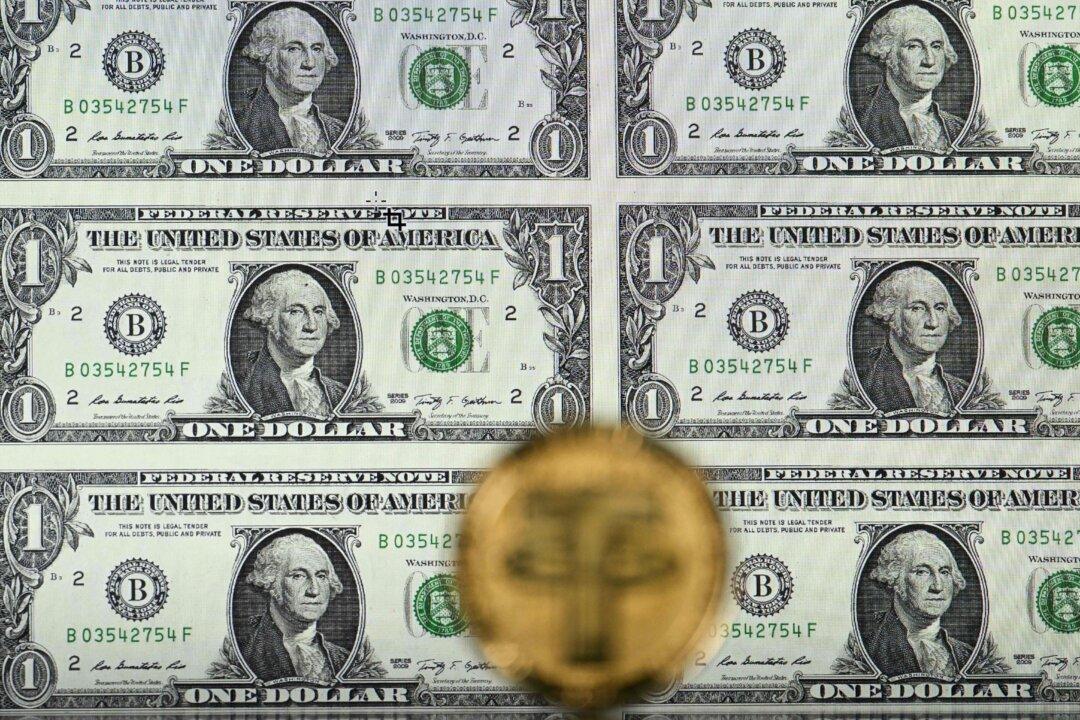On Dec. 14, 1825, a stock market crash attributed to what many economists call the first modern economic crisis took place in England.
Across the pond in the U.S., the S&P 500 index and the Dow Jones Industrial Average did not yet exist, and the New York Stock & Exchange Board, which would become the NYSE, was only eight years old at the time.





